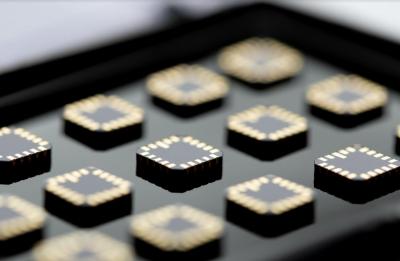HydroGraph launches new graphene ink
HydroGraph Clean Power has launched its patented graphene ink. The Company sees this development as a significant step toward the production of inexpensive, foldable, and wearable electronics.
This is a significant milestone in renewable technology production. From touch screen displays, biosensors, radio frequency identification tags, electric vehicle batteries, and more, the technology’s applications are vast, said Stuart Jara, HydroGraph chief executive officer.



